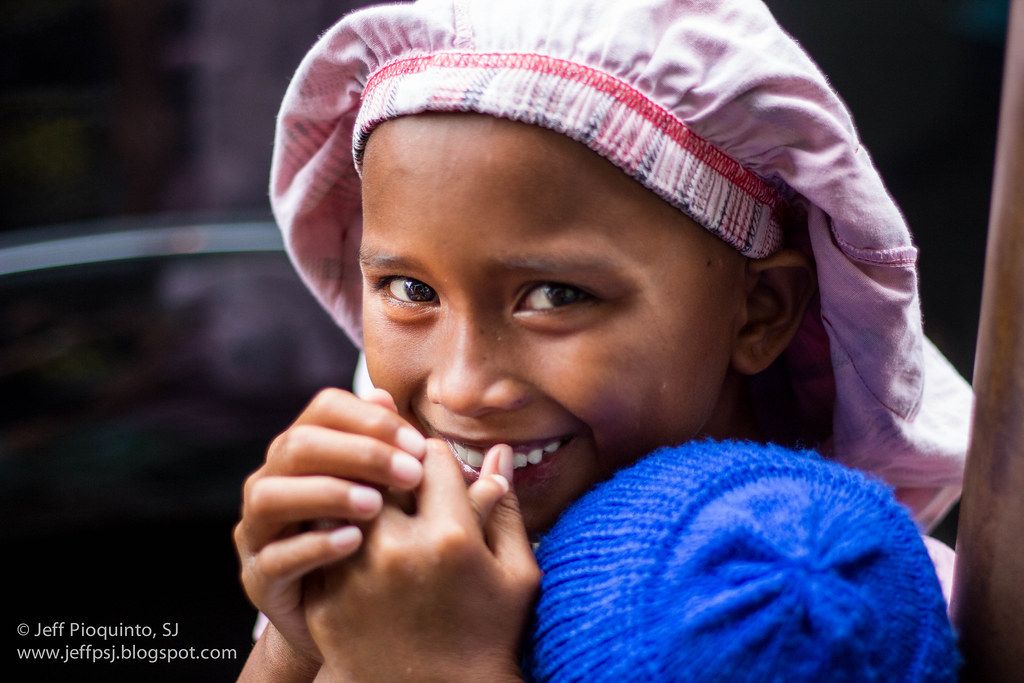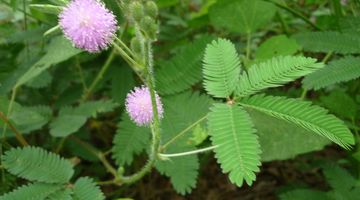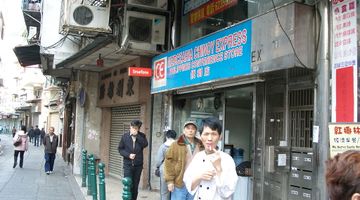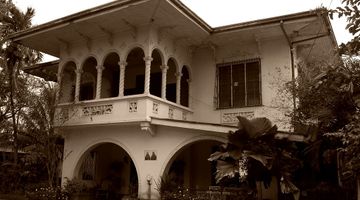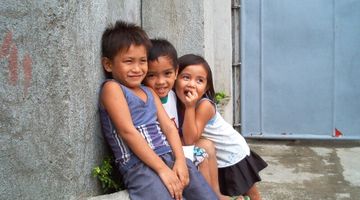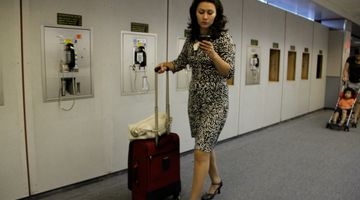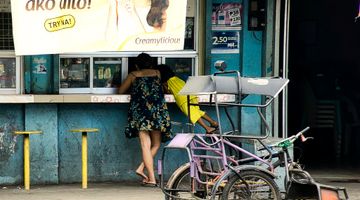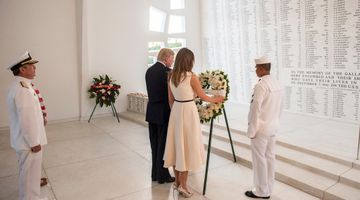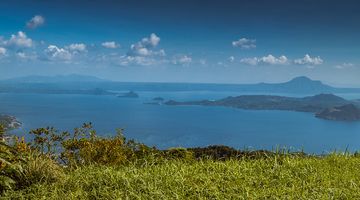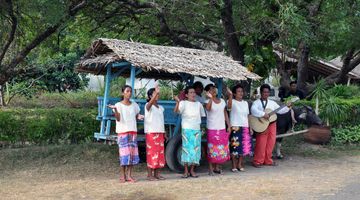Zamboanga Sights and POI
Zamboanga is a city chock-full of interesting sites and knowing where to go before hand will allow you to plan your trip in a way that will let you to see as many as you can during the duration of your trip.
Fort Pilar
Perhaps the first thing that tourists rush to do in Zamboanga is Fort Pilar, which was built by the Spanish as a garrison in 1635. It’s one of many historical sights that date back to the time of the Spanish colonization of the nation. It has since been converted to an outdoor church of sorts. Given the Philippines heavily Catholic population, you will see a steady stream of devotees lighting candles and saying prayers. It’s just as full of locals as it is tourists, which makes for a very authentic place to visit.
The site also includes as an open-air museum where you can see paintings, items of Filipino cultural significance and ancient artifacts. There are also exhibits that show off the marine life in the Philippines. The museum is open from Monday to Friday from 9am to 4pm. If you want to see the museum on the weekend you can make an appointment with the administrators to do so, but it must be done in advance.
Metropolitan Cathedral of Immaculate Conception
One of the most impressive churches in the city was also built by the Spanish. The Metropolitan Cathedral of Immaculate Conception was built in 1810. It has since been renovated and is a very modern cathedral, one of the most impressive in the region. The church was laid out in the shape of a cross and features beautiful stained glass windows as well. The church is open to visitors seven days a week and if you decide to go on a Sunday morning, you may be able to experience a Mass service.
Zamboanga City Hall
If you’re interested in architecture you may want to consider checking out Zamboanga City Hall. It was also built by the Spanish, and was completed in 1907. It’s a traditionally built brick and mortar building that bears structural similarities to other Spanish forts and garrisons in the area. Today, the mayor and other municipality officials have their offices in the building and during the winter season the building is lit up at night with special Christmas lights. Tours can be arranged if you want to look inside but just appreciating the building’s outside is adequate as well.
Taluksangay Mosque
While the majority of the population in Zamboanga is Christian, the region also is host to a Muslim minority. If you are interested in exploring areas of Islamic heritage in Zamboanga, try checking out the Taluksangay Mosque, which is the oldest mosque in the region, built in 1885. It was founded by Haji Abdullah Maas Nuno and he is buried in the gardens in the back of the building. It’s painted a candy apple red, and when you once you see the bright domes and minarets, you can’t miss it! Like the churches in the town, it’s also open seven days a week, except for Friday, which is the Muslim day of prayer.
Yakan Weaving Center
The Yakan are an ethnic minority in the Philippines who are known for their artisan crafts. In Zamboanga, you can visit the Yakan Weaving Center, where you can purchase their beautiful and handmade wares. Everything from hats to clothing to woven wallets can be bought here. It’s about a 20-minute ride from downtown by car. It’s best to have the taxi wait for you because it’s in an area without many other cabs and it may be hard to get back to town if you don’t.
